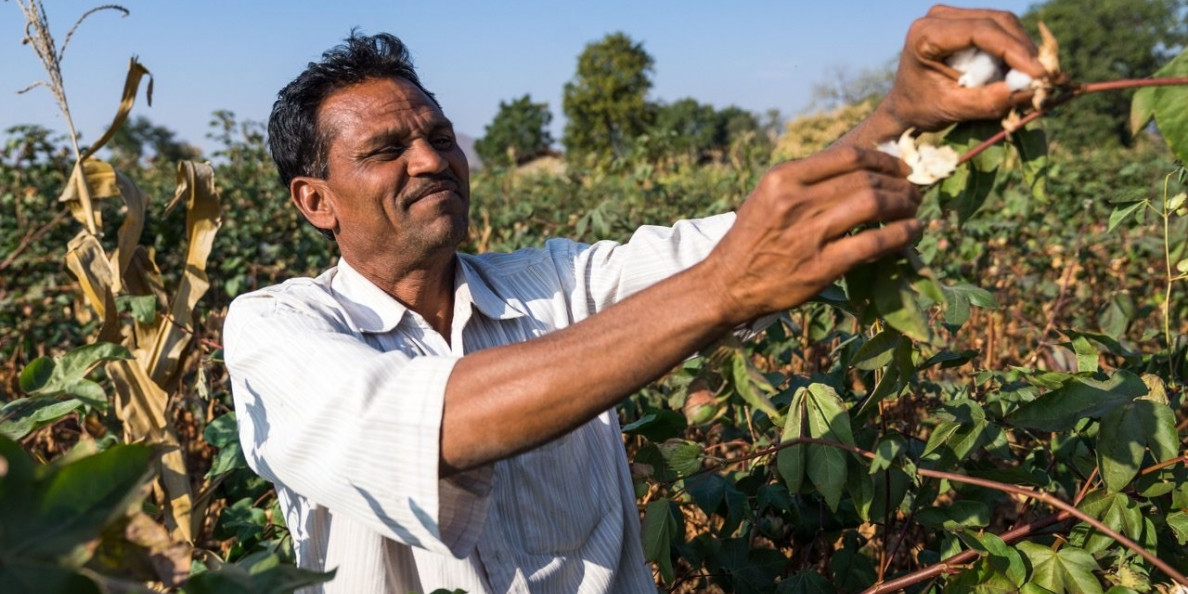India appears to be experiencing a cotton quality crisis as seed cotton deliveries continue to be dominated by yellow seed cotton. Yellow color is a significant problem for spinners because later in processing it affects the performance of the cotton. Approximately 35% of all seed cotton deliveries are reporting excessive yellow color which is linked to the cotton being picked with too high of moisture content and then stored. It’s proven very hard to find buyers for this cotton and growers are experiencing a high level of rejection. It is also leading to steep discounts for the impacted seed cotton. The problem is impacting ginners and also reducing grower income. Spot cotton prices have been firm for the better grades with the 29 staple S-6 remaining near 81 US cents a lb., ex gin.
Daily deliveries slowed to 130,600 bales by March 1st. Both the size and quality of the crop are an issue. Demand for imported US cotton has remained strong despite the lower mike of the Texas crop. Indian mills appear drawn to the US cotton first by the very heavy discounts, a Middling EMOT 1 1/8, 2.7 mike is selling into south India at even to 50 points on. Spinners report a 4 - 5% improvement in the yarn outturn because of the lower contamination. Mills in Gujarat are also taking up US cotton. The demand for the higher quality, lower contamination cotton in India has increased as Indian exporters have gained market share in the US which demands higher quality cotton, especially in some home textile products.
The Indian government continues to wrestle with a subsidy method which truly provides aid to the farmer. The Telangana government announced it will provide growers with an 8,000 Rupee per acre subsidy payment in two payments to allow growers to pay for crop inputs. It also announced a free power scheme for farmers irrigating their crops. The scheme is expected to be very expensive reaching 7.2 million farmers and cost the state 10% of its budget. Telangana became India’s 29th state in 2014 when it was separated from the northwestern part of Andhra Pradesh. It is a very important cotton producing state which was hit by sizeable losses from Pink Boll worm in 2017.
Πηγή: Jernigan Global

